What happens after the click?
Days, weeks, and months can be spent searching for the infamous combination of creatives, copy, and audience. However, even the most flawlessly executed ad campaign relies on a landing page which can convert. So what happens after the click?
George Preece dives into Landing Page Optimisation (LPO) to outline a few common misconceptions, while providing a helpful checklist of actions you can take right now to meet your conversion goals.
What is landing page optimization and is it worth your time?
Landing page optimisation (LPO) is the process of improving or adding elements to your landing page to increase conversion rate.
From decreasing page load times, to simplifying your Call To Action (CTA), the aim is to reduce the friction for a user to complete the desired action. The conversion action itself will vary, with typical examples including lead generation, email signups or sales. Essentially, a well optimised landing page will ensure you’re making the most out of your hard acquired traffic.
A well optimised landing page will also be looked upon more favourably by Google and Bing. Your paid search team will certainly be appreciative of your efforts, as advertisers directing traffic to a high-quality, relevant landing page are rewarded with a higher ad quality score and subsequently more prominent ad positions or a lower cost-per-click.
What steps can you take right now to optimise your landing page?
Use data, not guesswork. Test test test…
Make your decisions based on data not anecdotal evidence from BuzzFeed articles. Ensure you are able to identify which specific changes are having which impact by having a clear testing plan, not a confused ‘try it all at once’ scattering. Use AB testing to isolate the optimisations you are making to ensure you can track what is working.
If you’re using Google Ads, then the ‘Custom Experiments’ or ‘Ad Variants’ functionality is your friend. Otherwise, tools such as Hotjar and Crazy Egg also allow web page variant testing. Additionally, these tools can show you exactly how far down a page your users are willing to scroll, allowing you to place your most valuable content in the right places. They also provide heat maps and screen recordings to show exactly what areas and features of a page are of interest or are perhaps completely redundant.
Ensure your most valuable content is above the fold
Depending on the device you’re using, you’re likely reading these words having already done some scrolling, i.e you’re already well below the fold of this webpage. Whilst recent developments in responsive page layouts mean putting content above the fold isn’t the open-and-shut-case it used to be, it is still considered best practice to ensure your most valuable content appears at the top of the page and is visually accessible.
Remove redundant calls-to-action
The path to conversion needs to be clear and simple. Reduce the number of choices your user has and use a minimal amount of CTAs, ideally just 1 or 2. Make the buttons very visible, use contrasting colours and utilise active verbs such as ‘Join To Download’ or ‘Pick Up Here’.
For instance:
Decrease your loading time
At best, a user will spend 15 seconds on a landing page. If half of this time is spent loading needlessly high-resolution images, even the most excellently crafted landing page will likely lose potential customers.
Whilst this may be one you’ll need to pass over to your web development team, decreasing your page loading time is a no-brainer when it comes to landing page optimisation. The easiest quick wins include:
Serve images in next-gen formats to decrease image sizes and necessary data consumption
Upgrade your web hosting provider
Reduced unused Javascript or CSS
Utilise ‘lazy loading’
I’d recommend using Google’s Page Speed Insights tool. This will enable you to see which improvements will have the biggest impact.
Not only will a fast loading time ensure you retain as much traffic as possible, but it is also one of the main factors which Google considers when providing your ads with a landing page score.
Mobile responsiveness
Amazingly this is an area still not given the attention it deserves. Despite mobile internet use surpassing desktop back in 2016, many web designers still build beautifully designed web pages that are ill-optimized on anything smaller than their 30” iMAC.
Designing an unusable mobile version of your desktop will only prompt users to abandon your site, resulting in a lower conversion rate. Track mobile visitors using the tools outlined above to identify and resolve mobile-specific issues. Consider reducing the number of elements shown on the smaller screens or include more streamlined and shorter, multiple-choice sign-up forms.
What's next?
So there you have it, a few quick tips to get you started!
However, whilst a well optimised landing page is certainly an important aspect within the buyer cycle, it is by no means the golden ticket to a successful digital marketing campaign. Executing your digital business objectives relies on a coherent strategy served across channels. If you’re looking to find out how to improve your digital performance, Kinase are currently offering a free account audit. Click the link below to find out more.

